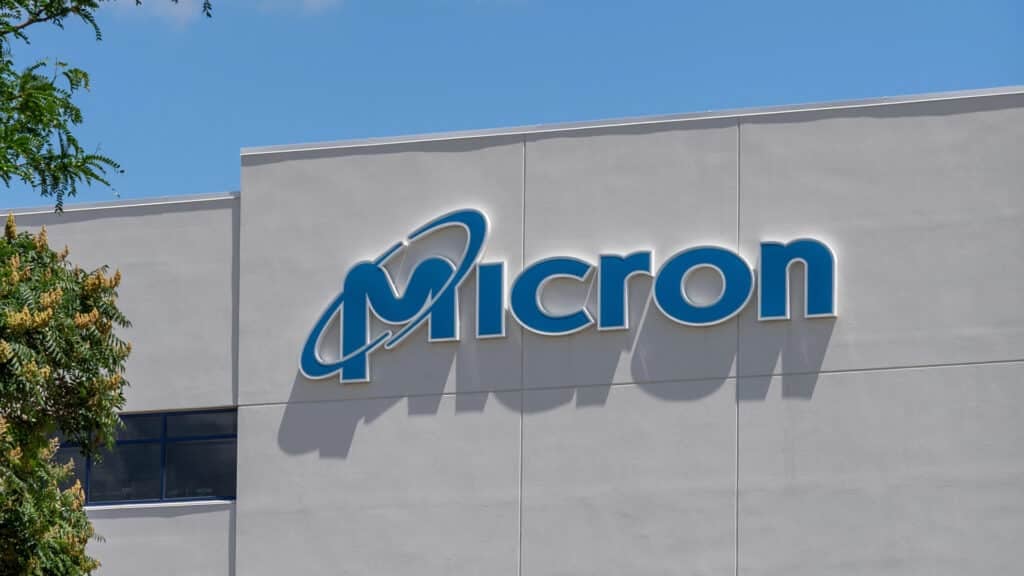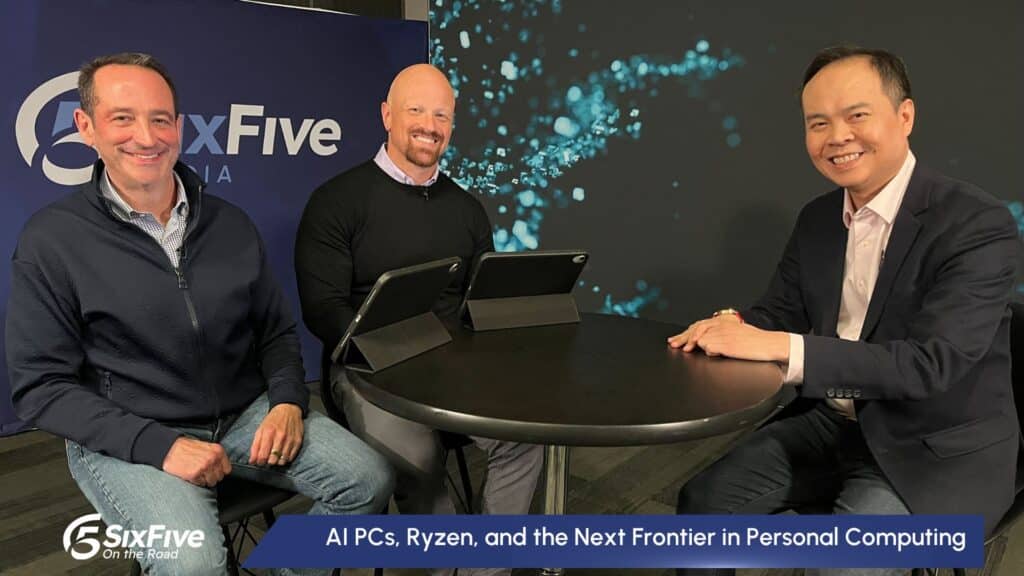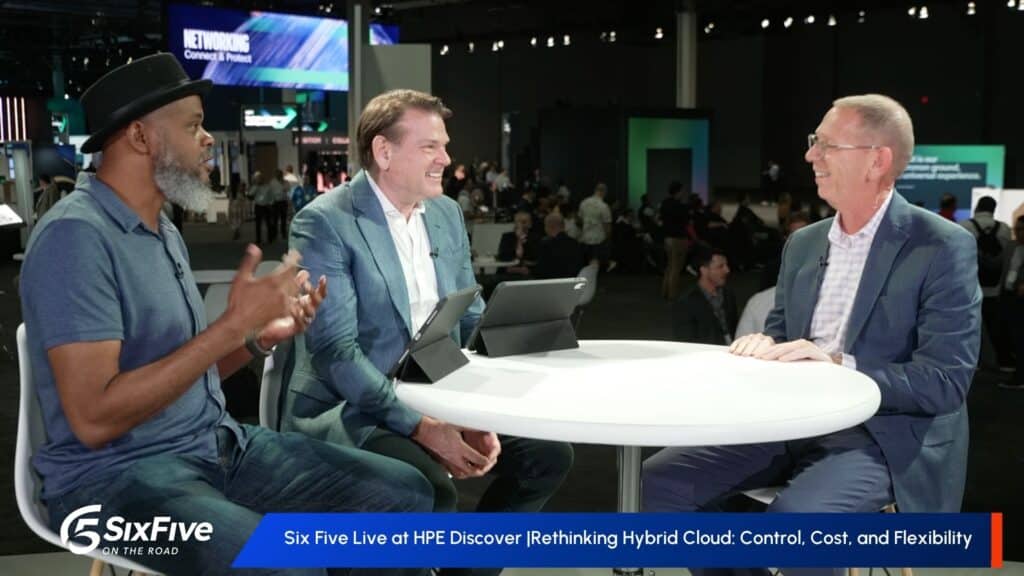Analyst(s): Alastair Cooke
Publication Date: November 13, 2024
Tabnine announced the first AI code generation agent to integrate with Atlassian Jira for automated resolution of software faults. The Jira validation agent ensures that the submitted code resolves the Jira issue, whether the AI agent or a developer generates the code.
What is Covered in this Article:
- AI Code generation integration with Jira issue management
- Generative AI in the software development life cycle
- Making an AI code assistant more like a skilled developer
The News: Tabnine announced the integration of an AI code assistant with Atlassian Jira to enable automated code creation and resolve Jira issues. The integration uses Tabnine’s proven code assistant AI to propose software code changes that resolve Jira issues or to validate that a developer’s proposed code changes will resolve the Jira issue.
Tabnine Integrates AI Agents Into the Entire Software Development Life Cycle
Analyst Take: AI assistants are everywhere, including major public cloud providers delivering AI coding assistants to every imaginable development environment. Coding assistants are introduced as a way to automate elements of software development by offering well-known solutions to common problems. Like other AI assistants, coding assistants are trained on a massive volume of existing code to generate snippets of code based on developer prompts. These code generators are useful for working with new services or programming frameworks, but most professional developers are familiar with the services and frameworks they use every week. More valuable features of AI code tools include identifying complex security issues in code, creating test cases to validate the code, and generating documentation.
Tabnine recently announced the integration of Jira issue tracking to enable automated code generation for resolving issues raised in Jira. Jira tickets are a common feedback mechanism for QA, operations, and support teams to raise software issues back to the development team. The Tabnine integration reads the Jira ticket and proposes code changes to resolve the issue. Developers can examine the issue and the proposed changes, and either accept or modify the proposed code. Part of the code suggestion mechanism is a validation stage, which checks that the proposed change resolves the raised issue. Developers can use this validation component without the code generation to validate that the code the developer wrote resolves the Jira issue.
The code validation is closely related to Tabnine’s existing AI test creation, which automatically generates test cases for new features and test plans for entire applications. Comprehensive test coverage is one of the cornerstones of good DevOps practices and an enabler for automated deployment.
Tabnine differentiates its AI tools by deeply understanding the client’s software development life cycle. Basic coding AI has been trained on the best practices. As Peter Guagenti from Tabnine puts it, they have read all the O’Reilly books. The problem is that they are like a skilled developer walking off the street; they don’t know how things are done in your organization or what has already been done. Tabnine integrates your existing code base and standards to inform the AI, essentially onboarding the AI into your development team. With more context, the AI can be more productive and produce better-quality code suggestions.
Another differentiating factor is the ability to use an AI model trained only on permissive-licensed open-source code or from your private source code repositories, provided you have a large enough code base. Companies that build software for sale must be very careful that any AI tool doesn’t suggest code from its training material that has restricted licensing. Tabnine’s customers also have the option to have their AI running on-premises, even on air-gapped networks with no Internet connectivity. Having the AI in your own network means you can be sure that your application code doesn’t leak into the external AI training material.
Tabnine started with a mission to make software development easier and developers more productive. The Generative AI wave has accelerated the mission and covered the entire software development life cycle.
See the complete release on code generation integration with Jira on the Tabnine newswire.
Disclosure: The Futurum Group is a research and advisory firm that engages or has engaged in research, analysis, and advisory services with many technology companies, including those mentioned in this article. The author does not hold any equity positions with any company mentioned in this article.
Analysis and opinions expressed herein are specific to the analyst individually and data and other information that might have been provided for validation, not those of The Futurum Group as a whole.
Other insights from The Futurum Group:
AI in Context: First Test of Several Generative AI Code Generators
Watson Code Assistant at IBM TechXchange Conference – Six Five Media In the Booth
IBM Boosts Security Analyst Efficiency with Generative AI Assistant
Author Information
Alastair has made a twenty-year career out of helping people understand complex IT infrastructure and how to build solutions that fulfil business needs. Much of his career has included teaching official training courses for vendors, including HPE, VMware, and AWS. Alastair has written hundreds of analyst articles and papers exploring products and topics around on-premises infrastructure and virtualization and getting the most out of public cloud and hybrid infrastructure. Alastair has also been involved in community-driven, practitioner-led education through the vBrownBag podcast and the vBrownBag TechTalks.




